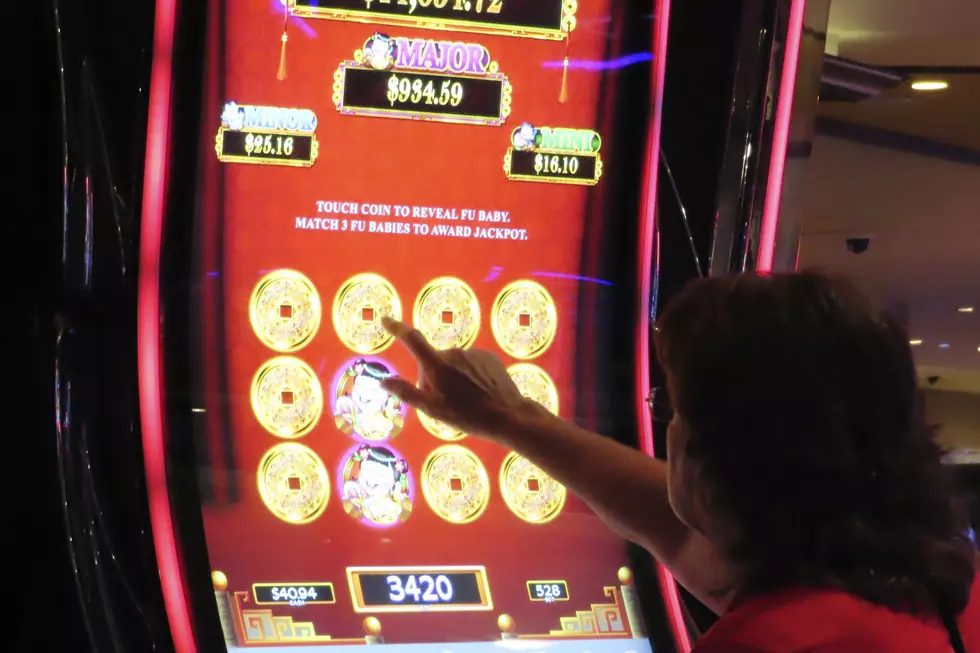
US Fed cuts forecast for unemployment rate over long run
WASHINGTON (AP) -- The Federal Reserve forecasts that the U.S. unemployment rate can now fall further without spurring inflation, a sign that it may move slowly in raising interest rates.
Fed officials reduced their estimate of the unemployment rate that they think is consistent with a healthy economy to a range of 5 percent to 5.2 percent. That is down from a previous range of 5.2 percent to 5.5 percent. Unemployment now stands at 5.5 percent, the top of the previous range.
The Fed also sharply reduced its forecasts for economic growth through 2017 from its December projections. It now expects just 2.5 percent growth this year and next, down from 2.8 percent and 2.75 percent, respectively.
Growth will then slow to 2.2 percent in 2017, the Fed predicts, down from 2.4 percent.
The Fed updated its economic forecasts after a two-day policy meeting.
Fed policymakers said they expect much lower inflation this year. But it made little change to their forecasts for 2016 and 2017, when they project inflation to be just below their target of 2 percent.
The reduction in the Fed's long-term unemployment forecast gives policymakers more leeway in their decision on when to start raising the short-term interest rate it controls. Once unemployment falls into the range the Fed considers "full" employment, that would suggest the Fed might soon increase rates to ward off inflation.
The Fed also expects unemployment rates to fall further through 2017. It now projects the rate at the end of this year to be about 5.1 percent, down from a 5.25 percent estimate in December. Next year it could drop to 5 percent, from 5.1 percent, and in 2017 to 4.95 percent, down from its earlier forecast of 5.1 percent.
Those forecasts indicate that the Fed is willing to let unemployment fall below the rate that might spark inflation.
The economic projections also show that Fed policymakers expect the short-term rate the Fed controls won't rise nearly as quickly as they projected in December.
The typical Fed member now expects the short-term rate will be just 0.625 percent at the end of this year, down from 1.125 percent at the December meeting. And the median forecast for the end of 2016 has fallen to 1.875 percent, from 2.5 percent.
(Copyright 2015 The Associated Press. All rights reserved. This material may not be published, broadcast, rewritten or redistributed.)
More From New Jersey 101.5 FM









